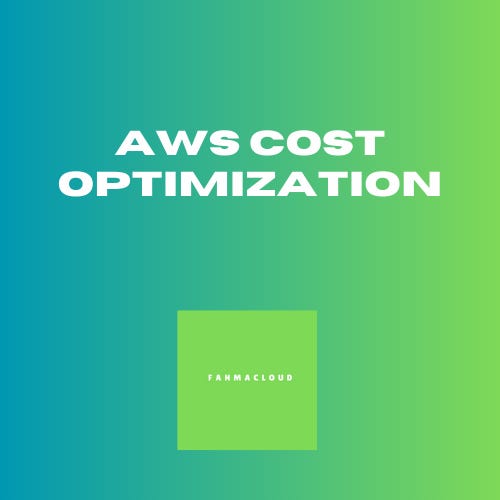6 Steps to Cut AWS Costs
"Cloud costs can spiral fast if you’re not paying attention." - DJ' Kone.
The flexibility of AWS is powerful but it also means you could be paying for resources you don’t need.
The good news? With the right framework, you can take back control. Here’s where to start:
1. Get Visibility Into Your Costs
Use AWS Cost Explorer to spot top spenders.
Enable Cost & Usage Reports (CUR) for detail.
Set budgets and alerts to track in real time.
Pro Tip: Tag resources by environment, team, or project for easy tracking.
2. Eliminate Waste
Shut down idle EC2 instances.
Delete unattached EBS volumes.
Archive or remove old snapshots.
Release unused Elastic IPs.
3. Right-Size Your Resources
Use AWS Compute Optimizer for instance recommendations.
Downsize oversized RDS databases.
Leverage auto-scaling groups instead of running 24/7 at peak capacity.
4. Commit to Savings Plans & RIs
Savings Plans → flexibility across families/regions.
Reserved Instances (RIs) → best for predictable workloads.
Start simple with Savings Plans, then layer in RIs for stability.
5. Optimize Storage
Apply S3 Lifecycle Policies → cheaper storage tiers (Glacier).
Use S3 Intelligent-Tiering → automated cost savings.
Switch to gp3 EBS volumes for better performance + lower cost.
6. Automate & Monitor
Set budgets & alerts.
Manage with Infrastructure as Code (Terraform, CloudFormation).
Schedule monthly/quarterly audits.
The Takeaway
AWS cost optimization isn’t a one-and-done project. Start with visibility, eliminate waste, and right-size resources. Then layer in automation to keep costs predictable.
Thanks for reading! If this helped, share with someone who needs it and subscribe for more articles on AWS and cloud best practices.


